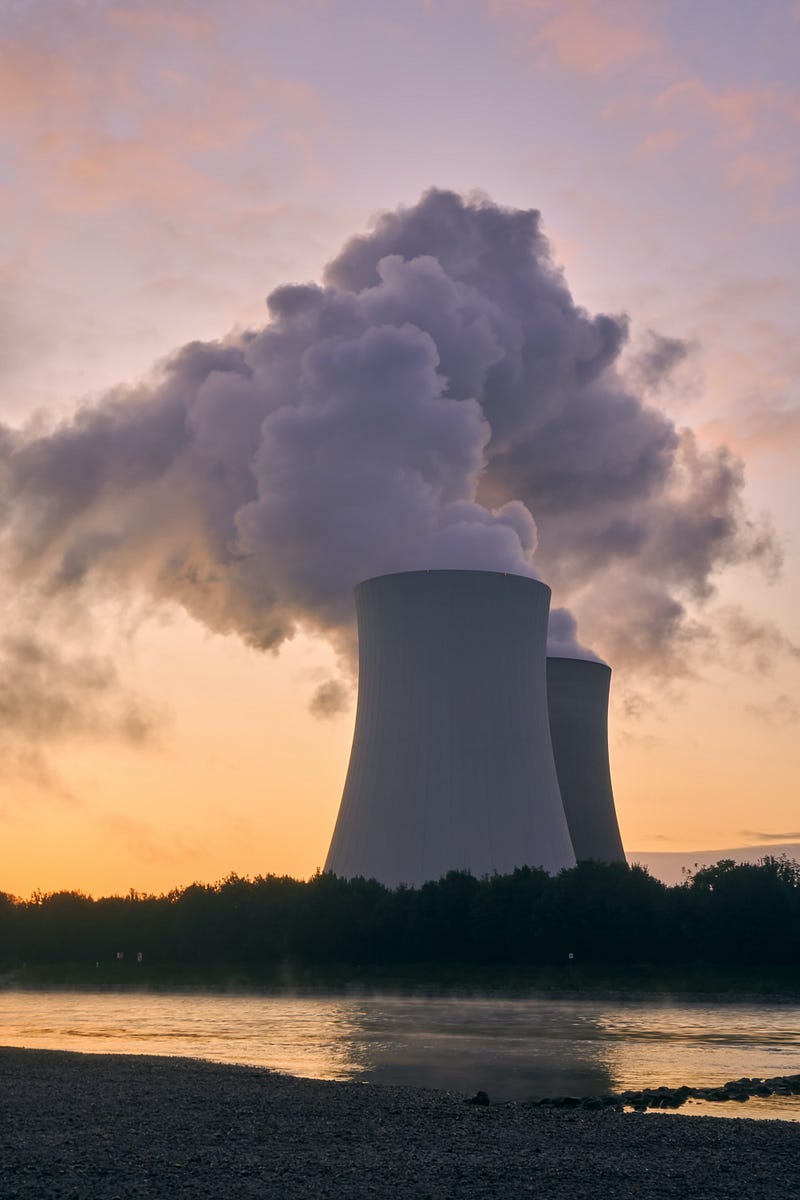Navigating Nuclear Waste Communication Across Millennia
Written on
Chapter 1: The Nuclear Epoch
The dawn of the atomic age marked a pivotal moment for humanity. With the ability to split the atom, we tapped into a powerful energy source capable of both monumental achievements and catastrophic destruction. While nuclear power has facilitated the eradication of entire cities and has the potential to generate remarkably clean energy, it also brings forth a significant concern: nuclear waste. Unlike plastic, which can take millennia to decompose, radioactive waste poses a threat that could linger for tens of thousands, if not hundreds of thousands, of years.
This dilemma raises a crucial question: How do we manage waste that will remain hazardous for a time frame so distant that it stretches the limits of human imagination? Various innovative proposals have emerged, many centering on a shared trait we might have with future civilizations—curiosity.
Section 1.1: Understanding Nuclear Waste
Uranium is the primary radioactive material used in nuclear reactors, typically lasting between 6 to 8 years before it becomes ineffective for energy production. As it undergoes fission, it generates energy that heats water, producing steam that drives turbines for electricity generation. This process results in low carbon emissions, but the aftermath is far more troubling.
Once the uranium is depleted, the remaining fuel rods are still highly radioactive and dangerous for up to 100,000 years. For much of our history, we lacked a sustainable long-term strategy for managing these spent fuel rods. Initially, they were stored in deep water pools within nuclear facilities to shield the surrounding environment from radiation. However, these systems require continuous monitoring; any failure in the cooling mechanisms could lead to catastrophic radiation release.
The vulnerability of these systems was starkly illustrated by the Fukushima disaster in 2011, when an earthquake severely impacted the power plant, resulting in a significant nuclear accident.
Subsection 1.1.1: The Search for a Safe Haven

To address this pressing issue, a groundbreaking development occurred in 2017 with the initiation of construction for the world's first long-term nuclear waste storage site, intended to remain undisturbed indefinitely. Located on Olkiluoto Island in Finland, this deep repository is situated approximately 1,500 feet below the surface in stable clay bedrock.
Once the uranium rods are encased in special cavities within a long tunnel, they will be backfilled with clay, theoretically rendering them inaccessible without significant effort. The facility is designed to require no human maintenance due to its depth and is projected to reach capacity by 2120. Finland's geographic stability, with minimal risk of natural disasters, makes it an ideal location for this critical undertaking.
Chapter 2: Human Curiosity vs. Safety
The first video, Selects: Nuclear Semiotics: How to Talk to Future Humans | STUFF YOU SHOULD KNOW, delves into the complexities of communicating the dangers of nuclear waste to future societies. The challenge lies in crafting messages that not only convey the urgency of the threat but also engage the natural curiosity of future explorers.
How do we communicate a message to people who may speak a different language or have different values? How can we prevent them from digging into what we have buried? Historically, tombs and burial sites were meant to remain undisturbed, yet human curiosity has often prevailed.
To mitigate this risk, one suggestion from the U.S. Department of Energy involved translating warnings into multiple UN languages, presuming that future generations would maintain some understanding of them. The goal was to convey the dual message of danger and the unimportance of the site, thereby discouraging exploration.
The second video, Future Generations Need to Know Our Nuclear Waste Is Deadly. How Can We Tell Them?, explores potential strategies for communicating the hazards of nuclear waste effectively. One concept is to create a forbidding landscape filled with ominous structures to deter curiosity, while others propose a more abstract approach, such as establishing an "atomic priesthood" to preserve knowledge of the site.
However, symbols and languages can evolve over time, risking misinterpretation. The skull-and-crossbones symbol, once universally recognized as a danger sign, now also appears on candy, complicating its meaning.
Ultimately, some argue that the best approach may be to let the site fade from collective memory, but given the extensive documentation surrounding it, this seems unlikely.
Section 2.1: A Message for the Ages
The U.S. Department of Energy proposed a message to be inscribed on monoliths at the site, aimed at future generations. Its intent was to convey the gravity of the situation and to discourage interaction with the radioactive material buried below:
This location is not a place of honor. No esteemed deeds are commemorated here. What exists here is dangerous and repulsive to us. This message serves as a warning of that danger.
The message goes on to specify the nature of the threat, emphasizing that the risk persists in the present as it did in the past and that physical disturbance could unleash catastrophic consequences.
Through these efforts, humanity strives to navigate the challenges of communicating the dangers of nuclear waste to generations yet to come, hoping to preserve safety across the vast expanse of time.